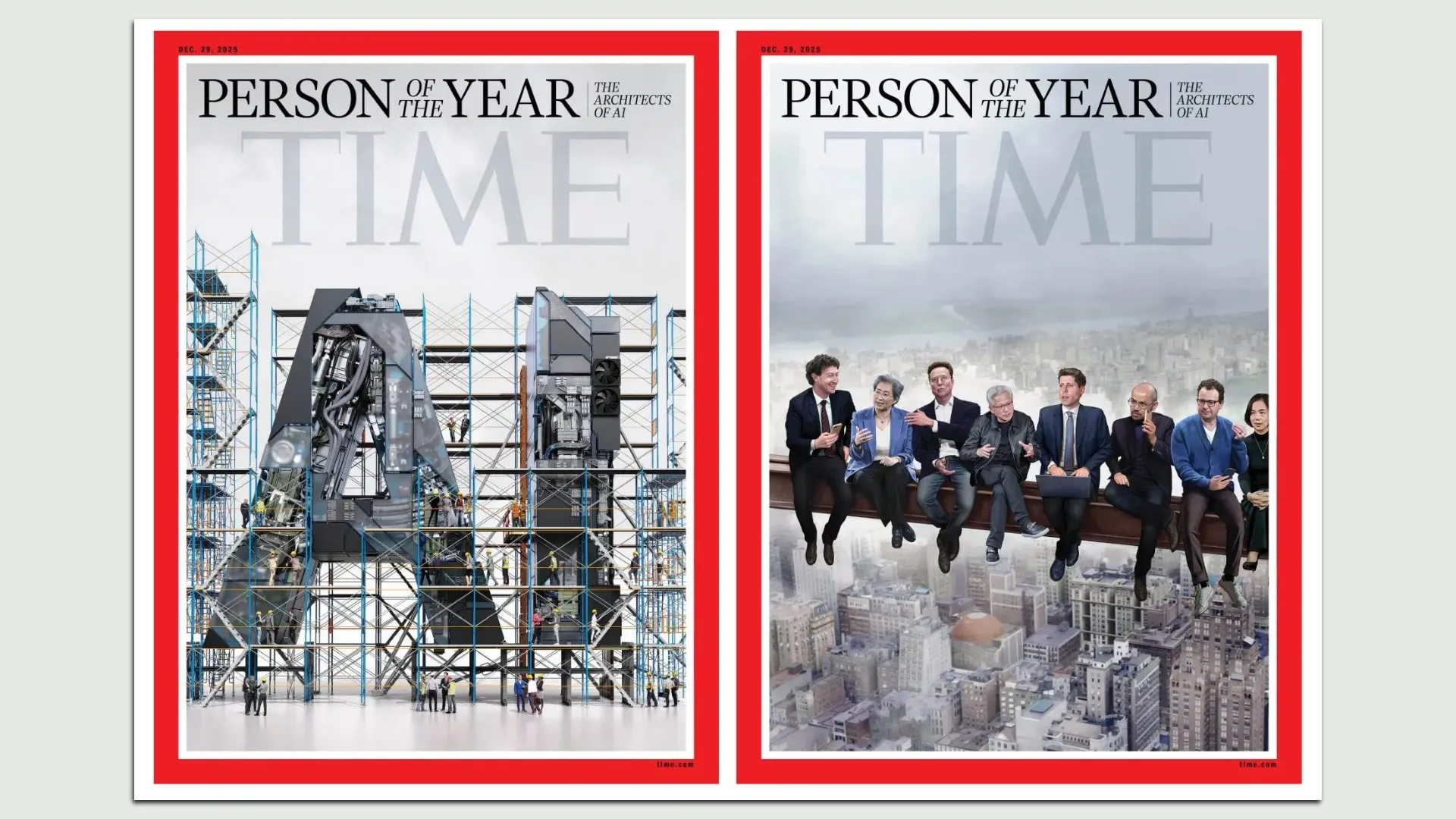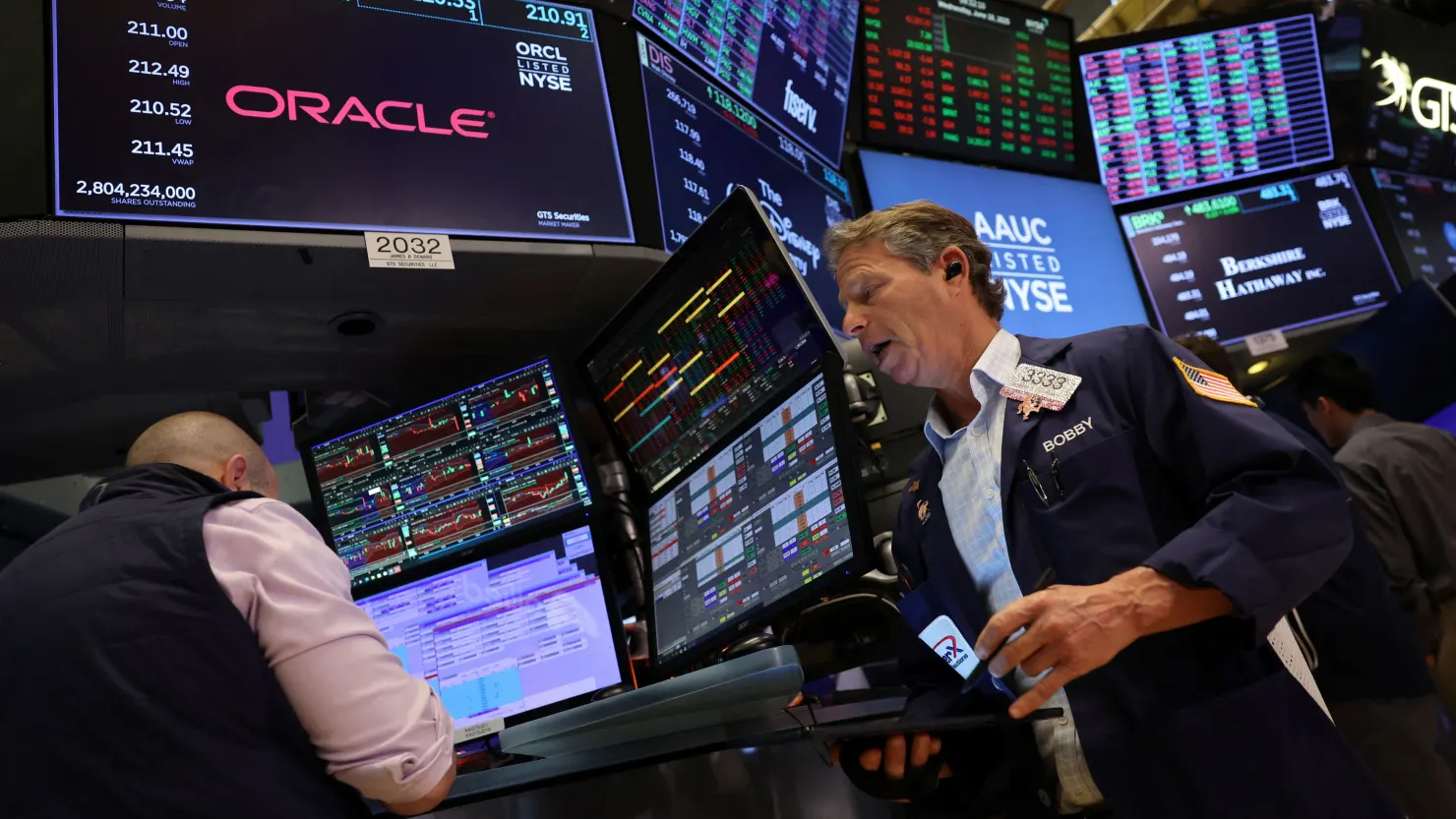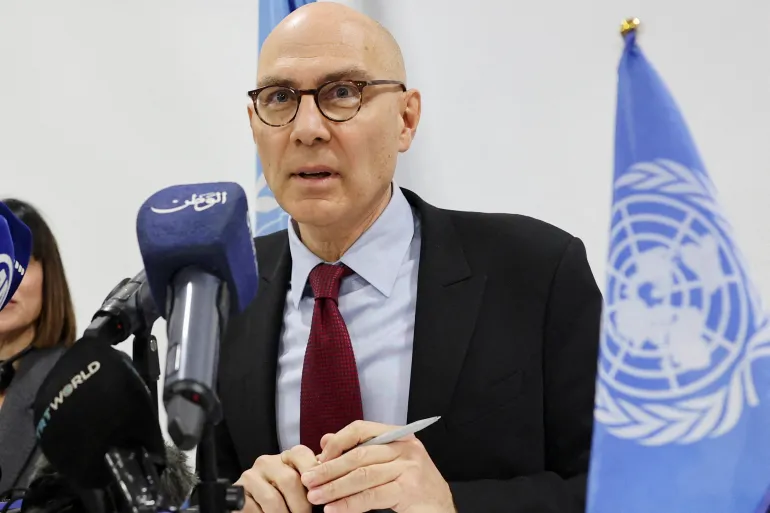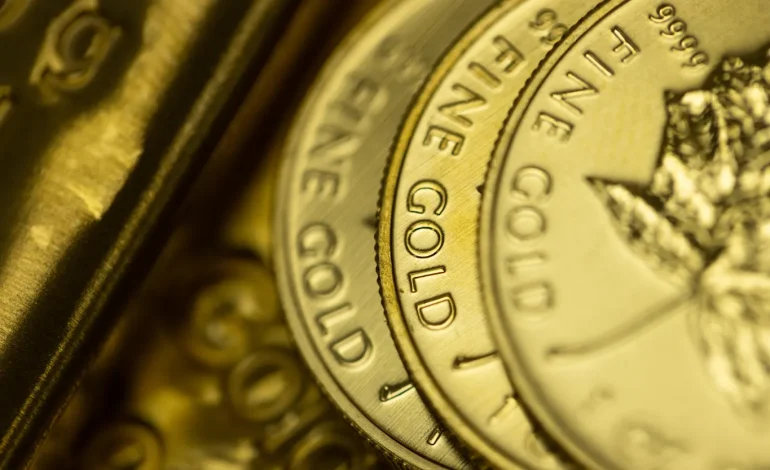Gold surged past the $3,200 mark for the first time on Friday, driven by a weaker US dollar, rising recession risks, and escalating trade tensions.
The precious metal’s appeal as a safe-haven asset strengthened as investors responded to growing economic uncertainty.
As of 0801 GMT, spot gold had climbed over 1% to $3,214.92 per ounce after reaching an all-time high of $3,219.84 earlier in the session. The metal has gained more than 5% this week, reflecting strong investor demand. Meanwhile, US gold futures rose nearly 2% to $3,233.80.
Several key economic factors have contributed to gold’s rapid ascent.
Alexander Zumpfe, a precious metals trader at Heraeus Metals Germany, stated:
“Recession risks are mounting, bond yields are soaring, and the US dollar continues to weaken – all factors reinforcing gold’s role as a crisis hedge and inflation shield.”
One major driver of gold’s price increase is the ongoing trade dispute between the United States and China. On Wednesday, US President Donald Trump raised tariffs on Chinese imports to 145%, while also implementing a 90-day pause on previously announced tariffs for several other countries. In response, China has hinted at further tariff increases, intensifying concerns about a prolonged trade war and its impact on global economic growth.
Additionally, expectations of interest rate cuts by the Federal Reserve have contributed to gold’s upward momentum. Recent data showing an unexpected drop in US consumer prices has fueled speculation that the Fed may resume rate cuts as early as June, with traders anticipating further reductions by the end of 2025. Lower interest rates typically support gold prices, as the metal does not yield interest and becomes more attractive compared to other investments.
The weakening US dollar has also played a role in gold’s rise, making the metal more affordable for foreign investors. At the same time, major stock indexes have declined due to uncertainty surrounding trade policies and economic growth prospects.
According to Kyle Rodda, a financial market analyst at Capital.com, investors are now looking at $3,500 as the next psychological level for gold.
“I suspect we won’t get there immediately or without bumps along the way,” he cautioned.
Beyond trade tensions and monetary policy, central bank purchases, geopolitical instability in the Middle East and Europe, and increased investments in gold-backed exchange-traded funds have all contributed to the metal’s strength this year.
While gold’s rally has captured investor attention, other precious metals have experienced mixed performance. Spot silver edged down 0.2% to $31.13 per ounce, platinum fell 0.4% to $934.20, while palladium gained 0.7% to $914.70.










The latest news in your social feeds
Subscribe to our social media platforms to stay tuned